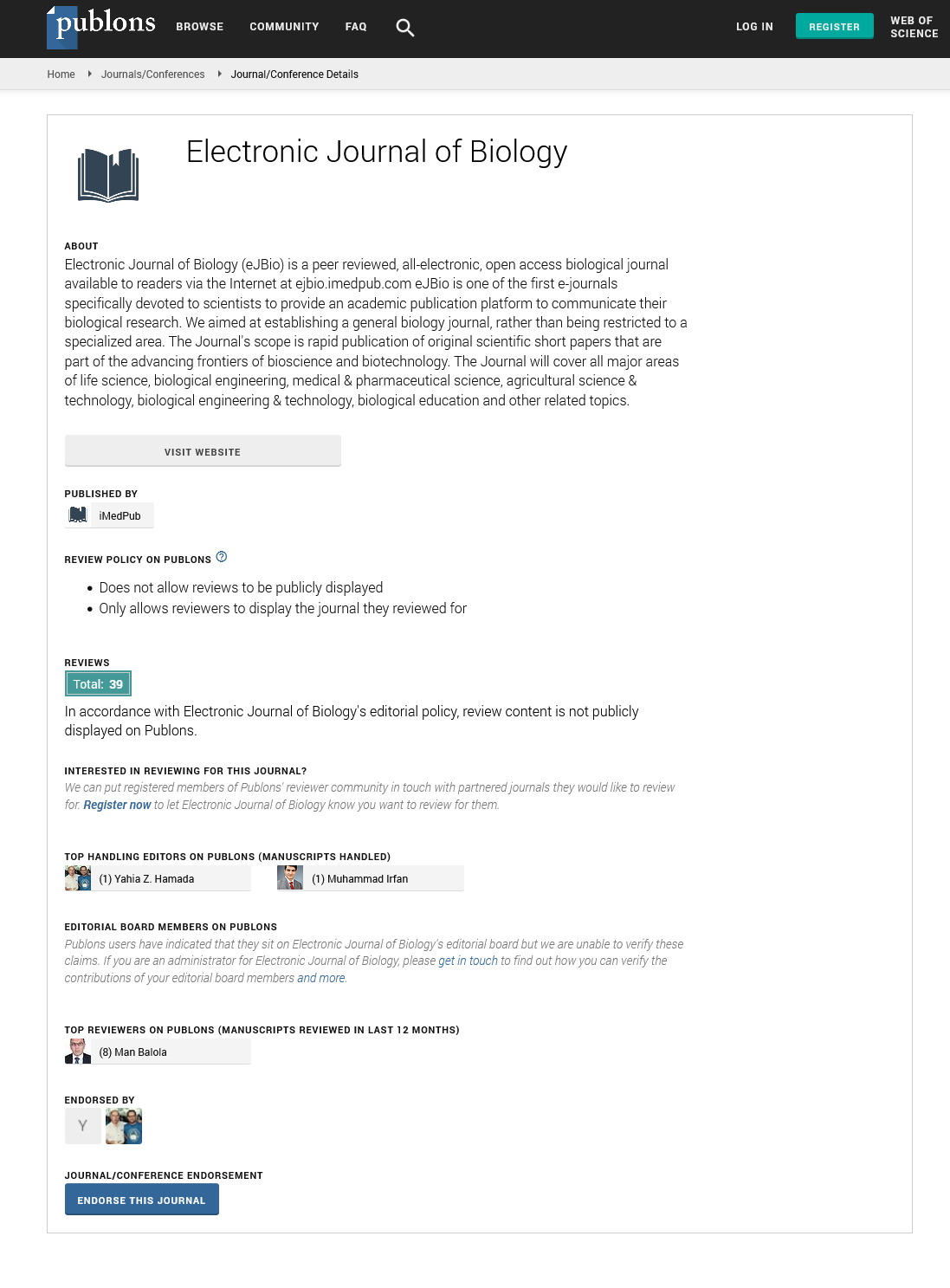Abstract
Growth Response of Chlorella vulgaris to Cultivation on Different Cassava Waste Mixtures
The environmental hazard caused by the indiscriminate and continuous dumping of cassava wastes to the environment has necessitated the need for their recycling into diverse biological products. This exploitation has harnessed their potential to serve as a microalgae feed stock for biomass generation. Proximate composition of the cassava wastes showed cassava peel: carbohydrate-86.85%, protein-4.18%, lipid 5.98% and cassava digestate Carbohydrate-75%, protein-2.5%, lipid-7.0%. Physiochemical contents of the cassava waste in mg/ ml showed cassava waste water: pH-3.55, DO- 6.17, BOD5-138.81, COD-246.50, TDS-912.70, Nitrate-13.41, Phosphate-21.42, Sulphate-15.69, Calcium-17.61 and magnesium-9.56. Cassava peel extracts showed: pH-3.58, DO-6.25, BOD5-141.82, COD-151.60, TDS-132.23, Nitrate-12.30, Phosphate- 13.14, Sulphate-18.17, Calcium-10.44 and magnesium-13.30. The cassava waste mixtures were cultivated on Chlorella vulgaris stock culture at various concentration ratios for a retention period of 14 days at an ambient temperature and natural illumination. Optimum growth was obtained with 160:40 for all cassava waste mixtures at an Optical density of 670 nm yielding 1.595 (abs) for CP:CW and 1.416 (abs) for CW:CP. The growth rate of Chlorella vulgaris at CP:CW was favourable with 160:40 concentration which increased exponentially from the 2nd to 4th day, while that of CW:CP concentrations was favourable at 140:60. Maximum doubling time for all the cassava waste concentration was observed at the 6th day while the minimum doubling time was observed on the 10th day for CP:CW concentration of 100:100 and on the 8th day for CW:CP concentration of 160:40. From the results obtained from this research, it can be deduced that a mixture of cassava peel water and cassava waste water will support the growth of the Chlorella vulgaris at various concentration mixture though optimal growth is observed at Concentration 160:40 thus the cultivation of Chlorella vulgaris on cassava waste can be exploited as a remedial measure in curbing the menace of indiscriminate dumping of cassava waste which has greatly constituted environmental nuisance.
Author(s):
Nwankwo UN*, Agwa OK
Abstract | Full-Text | PDF
Share this

Google scholar citation report
Citations : 5001
Electronic Journal of Biology received 5001 citations as per google scholar report
Electronic Journal of Biology peer review process verified at publons
Abstracted/Indexed in
- Google Scholar
- China National Knowledge Infrastructure (CNKI)
- CiteFactor
- Electronic Journals Library
- Zoological Records
- WorldCat
- Proquest Summons
- Publons
- MIAR
- Openaccessarticles.com
- Secret Search Engine Labs
Open Access Journals
- Aquaculture & Veterinary Science
- Chemistry & Chemical Sciences
- Clinical Sciences
- Engineering
- General Science
- Genetics & Molecular Biology
- Health Care & Nursing
- Immunology & Microbiology
- Materials Science
- Mathematics & Physics
- Medical Sciences
- Neurology & Psychiatry
- Oncology & Cancer Science
- Pharmaceutical Sciences


